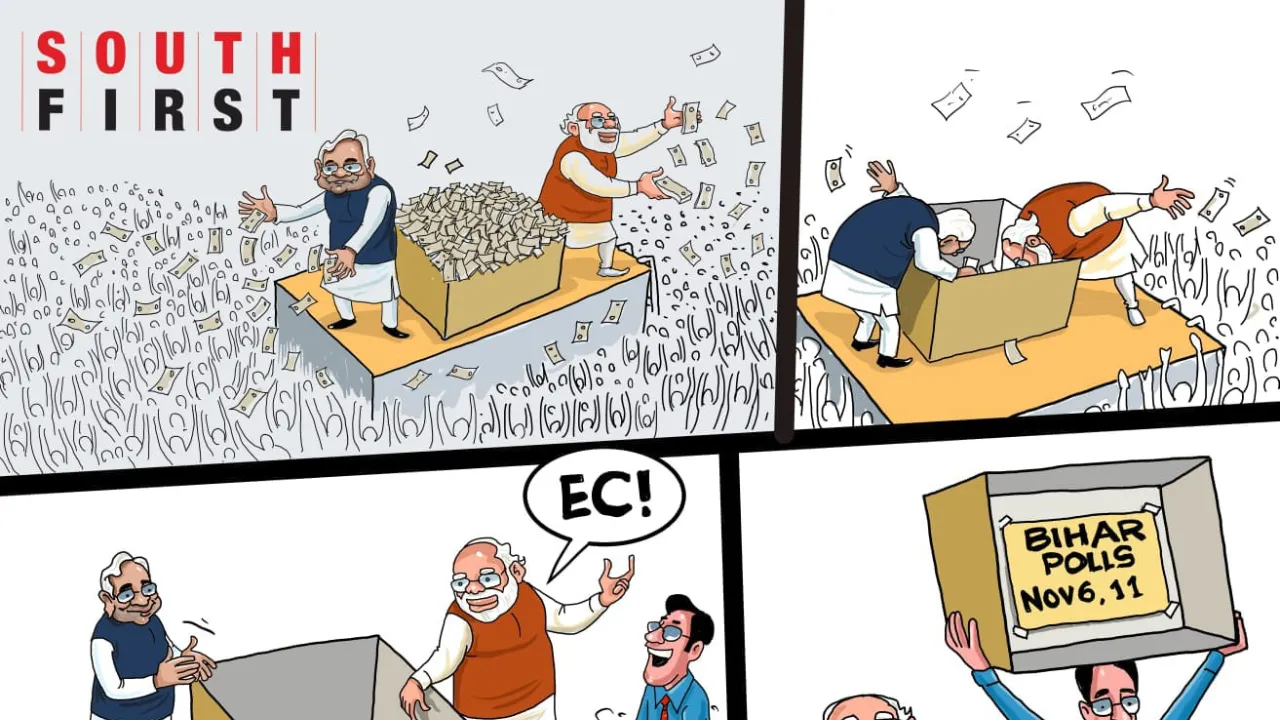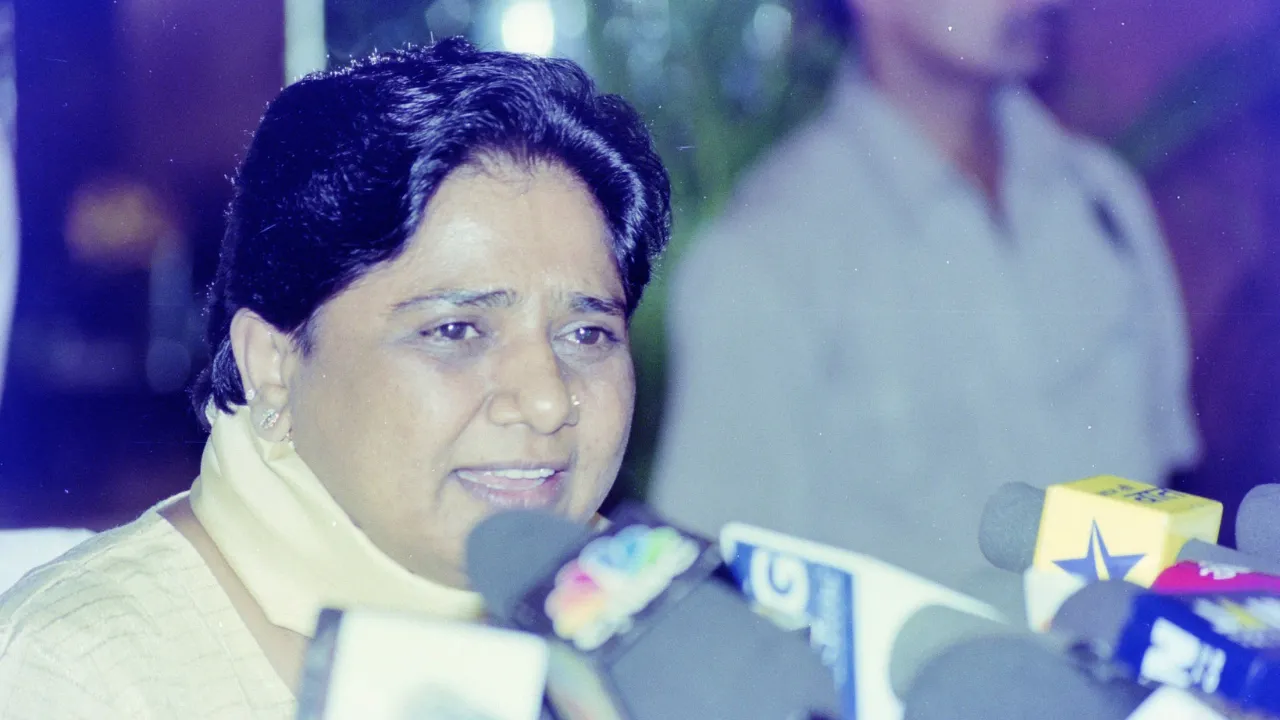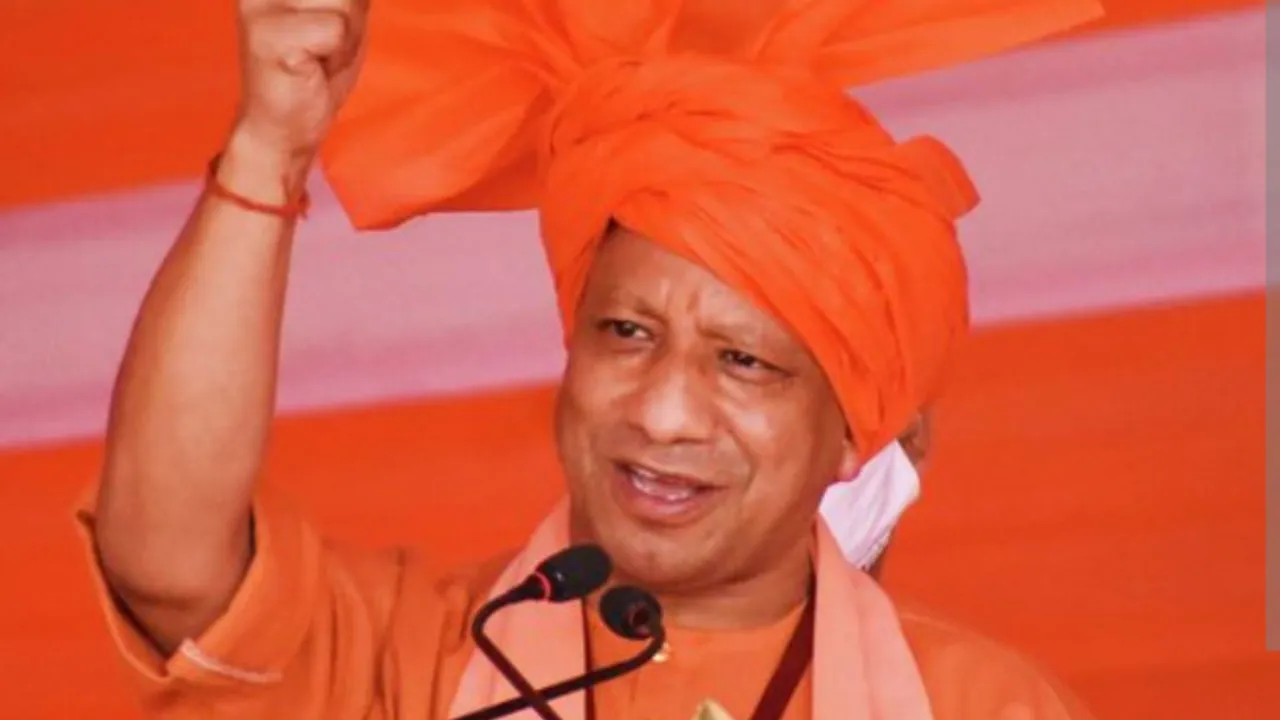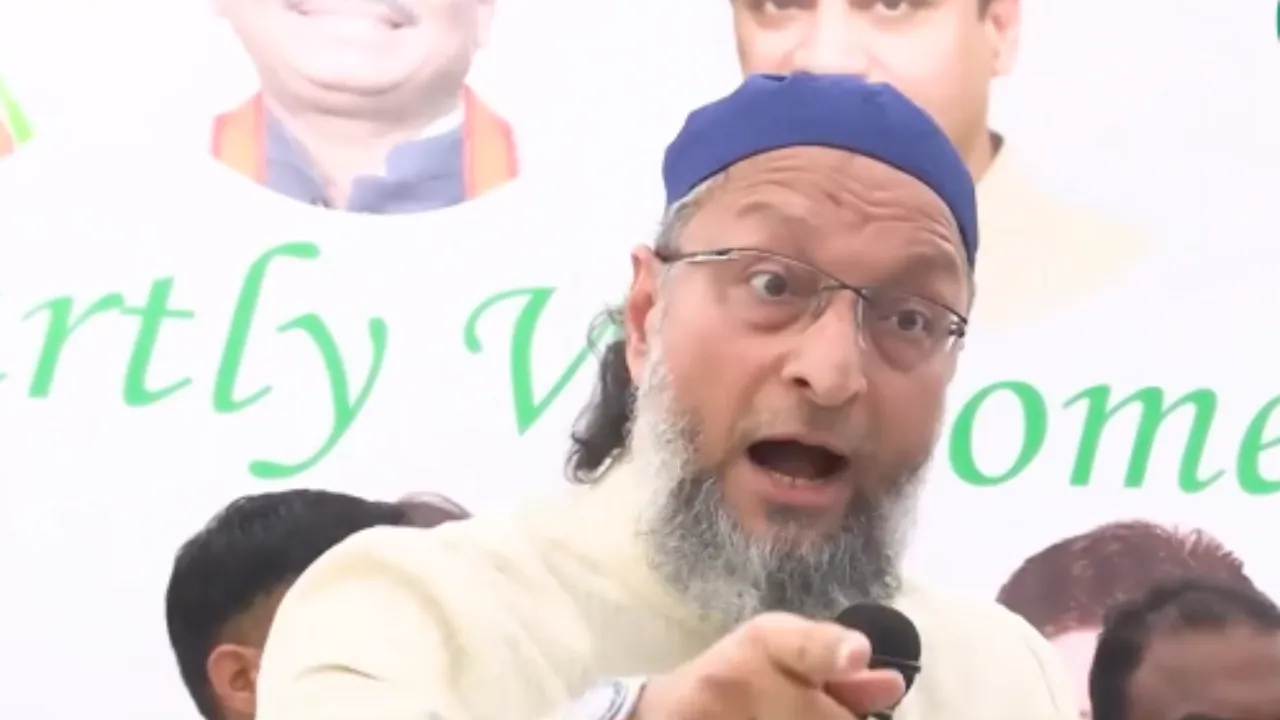For Bihar Election 2025, the National Democratic Alliance (NDA) has officially announced its much-awaited seat-sharing arrangement, setting the political stage for one of the most competitive contests in recent years. In a move that signals renewed balance within the coalition, the Bharatiya Janata Party (BJP) and the Janata Dal (United) (JDU) have agreed to contest an equal number of seats — 101 each. The announcement, made on October 12, 2025, also confirmed Chirag Paswan’s Lok Janshakti Party (Ram Vilas) as a key partner with a notable share of 29 seats.
NDA’s balanced seat-sharing plan unveiled
The decision to divide the seats equally between BJP and JDU marks a significant shift from previous arrangements. In earlier elections, one partner often enjoyed a larger share, leading to subtle power struggles within the alliance. This time, however, the NDA appears to have prioritized balance and unity. The 101-101 formula is designed to showcase equal partnership, mutual respect, and a united front before voters.
Chirag Paswan’s LJP (Ram Vilas) getting 29 seats is a major highlight. The move underscores the NDA’s intention to bring him fully into the fold after past tensions. Other smaller allies, such as Hindustani Awam Morcha (HAM) and Rashtriya Lok Samata Party (RLSP), have reportedly been allotted six seats each. The distribution reflects a strategic effort to keep every faction satisfied while maintaining focus on the coalition’s larger goal—retaining power in Bihar.
Why the equal seat split matters
The parity between BJP and JDU has strong political symbolism. It sends a message to voters that both parties are standing shoulder-to-shoulder rather than competing for dominance. For the BJP, it reaffirms the commitment to Chief Minister Nitish Kumar’s leadership within Bihar. For the JDU, it ensures fair representation and reinforces Nitish’s influence at the state level. Together, they project stability at a time when unity is the most powerful campaign narrative for the NDA.
Chirag Paswan’s return strengthens the NDA
Chirag Paswan’s re-entry into the NDA camp adds an interesting twist to the Bihar political landscape. Once seen as a critic of Nitish Kumar, Chirag now returns with a significant 29-seat allocation. His party, LJP (Ram Vilas), holds influence in Dalit and youth voter segments, particularly in central and western Bihar. By giving Chirag this space, the NDA not only consolidates its social base but also ensures that anti-incumbency votes don’t split. His inclusion sends a clear message: the NDA wants all hands on deck for Bihar Election 2025.
Reactions from within the alliance
While the major partners appear satisfied, not everyone in the NDA camp is celebrating. Some smaller allies expressed mild dissatisfaction over the number of seats they received, arguing that their local influence deserved greater recognition. HAM’s leadership, for instance, suggested that undervaluing smaller allies might backfire in certain regions. However, NDA leaders downplayed the discontent, stating that the final arrangement was reached after mutual understanding and extensive consultation.
NDA’s strategy against the opposition
With the seat-sharing finalized, the NDA’s immediate focus is to counter the Mahagathbandhan — the opposition alliance led by the Rashtriya Janata Dal (RJD) and Congress. The RJD remains a dominant force in rural and backward caste belts, while Congress and Left allies add support in select urban and semi-urban pockets. The NDA’s equal-seat structure between BJP and JDU helps minimize internal rivalries and gives both major partners enough autonomy to tailor campaigns in different regions.
The strategy is clear: BJP will highlight national development, Prime Minister Narendra Modi’s leadership, and central welfare schemes, while JDU will focus on Nitish Kumar’s governance record, law and order, and rural welfare programs. Chirag Paswan’s party will campaign on youth empowerment and Dalit representation, ensuring the NDA’s message reaches a broader demographic.
The math and the message
The NDA’s seat-sharing chart reads as follows — BJP: 101 seats, JDU: 101 seats, LJP (Ram Vilas): 29 seats, and smaller allies like HAM and RLSP: 6 each. The deal signals a practical understanding that balancing seat numbers isn’t just about arithmetic; it’s about optics, narrative control, and long-term partnership management.
Political observers believe this parity helps the NDA avoid the perception of dominance by one party and limits friction during campaigning. Equal share also means equal accountability — both BJP and JDU will share credit and criticism alike once results are declared.
Challenges ahead for the NDA
Even with the seat-sharing settled, the NDA faces challenges. Candidate selection will be crucial. Choosing the right local leaders in competitive constituencies will determine how efficiently the alliance converts this paper plan into ground-level success. The NDA also needs to manage its smaller partners carefully to avoid last-minute rebellions or independents cutting into their vote share.
Moreover, Nitish Kumar’s government will face scrutiny on issues like unemployment, rural distress, and migration. The opposition will try to paint a picture of stagnation, while the NDA will focus on continuity and progress. A well-coordinated campaign narrative will be essential to counter the opposition’s messaging.
What this means for Bihar voters
For voters, this seat-sharing deal offers a clear picture of who’s contesting where and which party represents the NDA in their constituency. It removes ambiguity and helps voters make informed choices. It also signals that the NDA leadership is taking the Bihar 2025 election seriously, with an emphasis on organization and discipline.
The NDA’s balanced approach could appeal to voters who value stability and prefer alliances that avoid internal conflicts. By giving all partners defined roles, the coalition is attempting to send a message that it is focused, unified, and ready to govern responsibly if re-elected.
Conclusion
The NDA’s seat-sharing announcement for Bihar Election 2025 is a calculated and carefully structured move. With BJP and JDU contesting 101 seats each and Chirag Paswan’s LJP (Ram Vilas) getting 29, the alliance aims to project unity, stability, and strategic balance. This equal distribution showcases a matured political understanding between top leaders and signals a renewed sense of purpose within the coalition.
As campaigning intensifies, the NDA’s challenge will be to maintain this unity on the ground, coordinate messaging across parties, and deliver on local expectations. With the opposition gearing up for a tough fight, the Bihar 2025 election promises to be closely contested. Yet, with its seat-sharing plan finalized and allies aligned, the NDA has taken an important first step in its bid to retain power in one of India’s most politically vibrant states.













